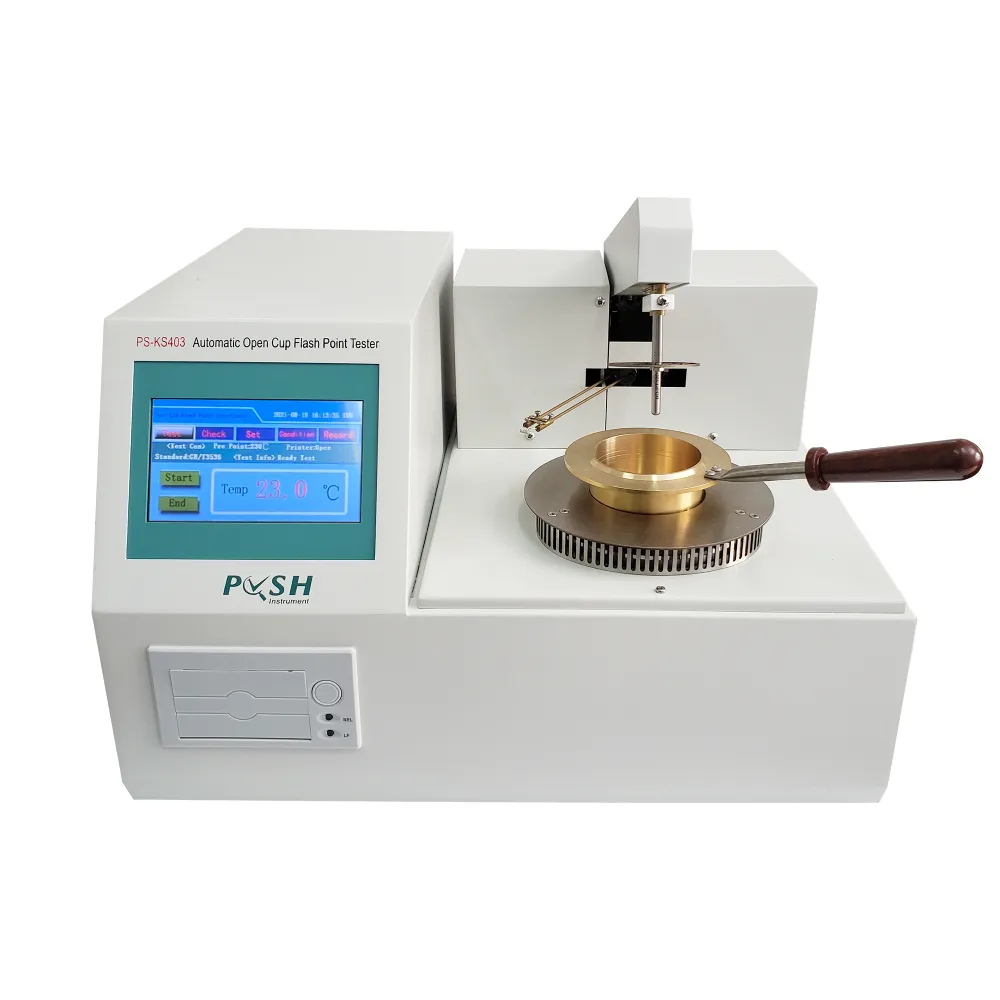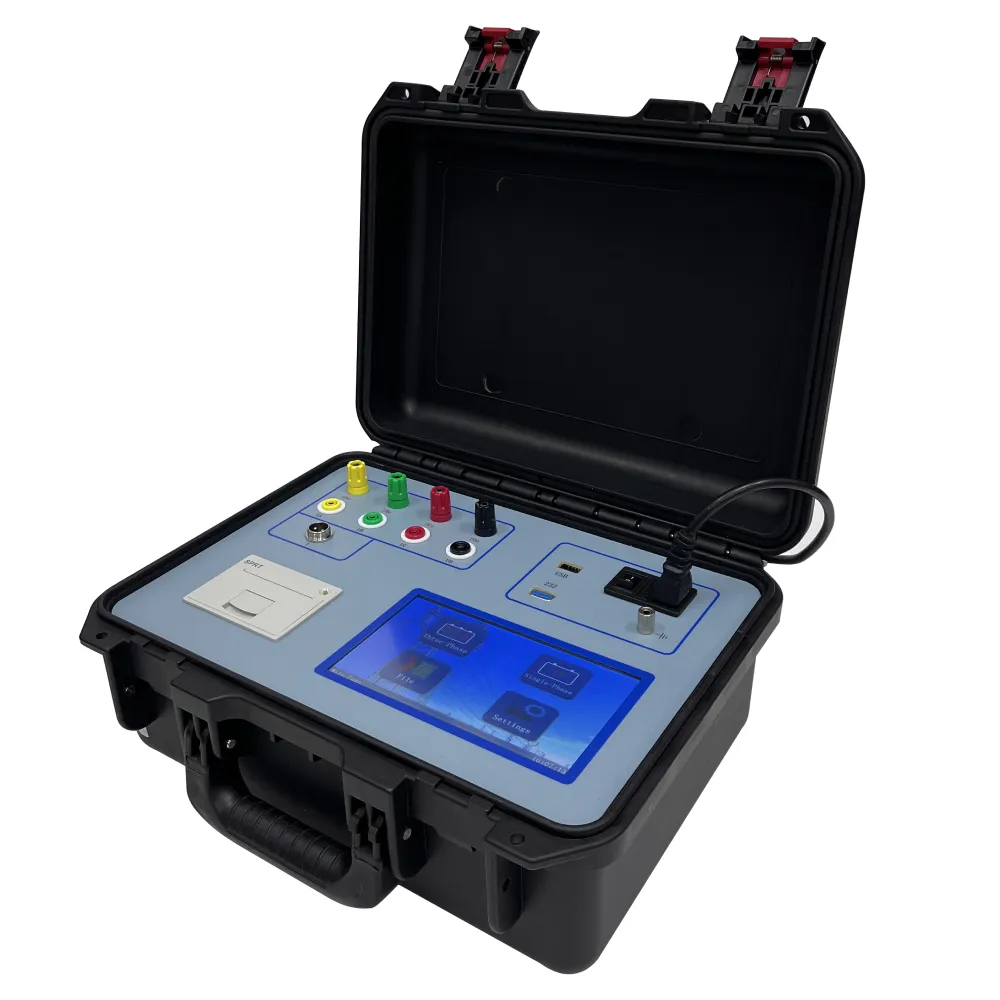TEL:
+86-0312-3189593
 English
English

Telephone:0312-3189593

Email:sales@oil-tester.com
2 月 . 07, 2025 01:23
Back to list
check the functioning of single phase transformer
Single-phase transformers are integral components in various electrical applications, from residential households to industrial settings. Ensuring their efficient operation is critical to maintain the reliability of the systems they serve. This comprehensive guide delves into the practical steps and methodologies to check the functioning of a single-phase transformer effectively.
6. Load Test To assess performance under typical operating conditions, apply a resistive load to the transformer and measure parameters like voltage regulation and efficiency. Ensure the readings align with the specification sheet provided by the manufacturer. 7. Voltage and Current Testing Use a multimeter to measure the primary and secondary voltage and current levels. Cross-check these readings with the transformer nameplate ratings to ensure they fall within acceptable limits. 8. Temperature Monitoring Overheating can cause significant damage. Use infrared thermography to detect hot spots that may indicate overloading or inefficient cooling. Regular temperature checks avert potential failures due to temperature stress. 9. Oil Analysis (for Oil-Filled Transformers) For oil-filled transformers, conducting an oil analysis can provide insights into the health of the transformer. Parameters like dielectric strength, moisture content, and dissolved gas analysis (DGA) can signal potential issues like partial discharge or arcing. 10. Noise and Vibration Analysis Unusual noise and excessive vibration may indicate mechanical issues or core looseness. Use sound and vibration meters to detect anomalies that require further investigation. These testing and inspection techniques provide a framework for maintaining single-phase transformers' longevity and efficiency. Documentation of each test result is essential as part of a regular maintenance program, helping in early detection of potential problems and facilitating efficient intervention. By adhering to these expert-driven methods, you can ensure that the single-phase transformer performs optimally, prolongs equipment life, and guarantees safety. In modern applications, incorporating technology like IoT sensors for remote monitoring and predictive maintenance can further enhance the reliability of transformers, making them a cornerstone of robust electrical infrastructure.


6. Load Test To assess performance under typical operating conditions, apply a resistive load to the transformer and measure parameters like voltage regulation and efficiency. Ensure the readings align with the specification sheet provided by the manufacturer. 7. Voltage and Current Testing Use a multimeter to measure the primary and secondary voltage and current levels. Cross-check these readings with the transformer nameplate ratings to ensure they fall within acceptable limits. 8. Temperature Monitoring Overheating can cause significant damage. Use infrared thermography to detect hot spots that may indicate overloading or inefficient cooling. Regular temperature checks avert potential failures due to temperature stress. 9. Oil Analysis (for Oil-Filled Transformers) For oil-filled transformers, conducting an oil analysis can provide insights into the health of the transformer. Parameters like dielectric strength, moisture content, and dissolved gas analysis (DGA) can signal potential issues like partial discharge or arcing. 10. Noise and Vibration Analysis Unusual noise and excessive vibration may indicate mechanical issues or core looseness. Use sound and vibration meters to detect anomalies that require further investigation. These testing and inspection techniques provide a framework for maintaining single-phase transformers' longevity and efficiency. Documentation of each test result is essential as part of a regular maintenance program, helping in early detection of potential problems and facilitating efficient intervention. By adhering to these expert-driven methods, you can ensure that the single-phase transformer performs optimally, prolongs equipment life, and guarantees safety. In modern applications, incorporating technology like IoT sensors for remote monitoring and predictive maintenance can further enhance the reliability of transformers, making them a cornerstone of robust electrical infrastructure.
Previous:
Latest news
-
Differences between open cup flash point tester and closed cup flash point testerNewsOct.31,2024
-
The Reliable Load Tap ChangerNewsOct.23,2024
-
The Essential Guide to Hipot TestersNewsOct.23,2024
-
The Digital Insulation TesterNewsOct.23,2024
-
The Best Earth Loop Impedance Tester for SaleNewsOct.23,2024
-
Tan Delta Tester--The Essential Tool for Electrical Insulation TestingNewsOct.23,2024





